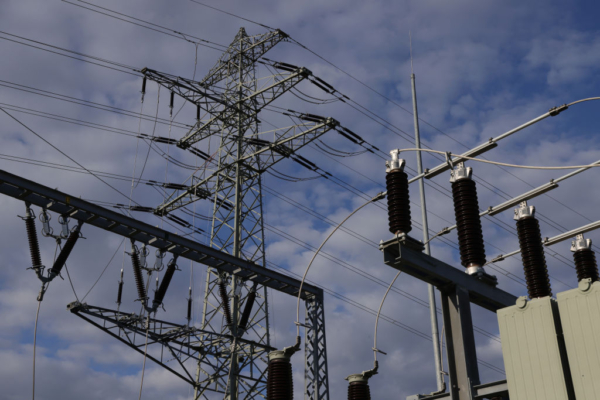On April 28, a large-scale power outage occurred suddenly in southern Spain, Portugal, and France, plunging the lives of tens of millions of people into chaos. Despite the Spanish grid operator ruling out cyber-attacks as the cause, authorities are still investigating why this rare event happened. Experts have shared their insights on the matter.
Mehdi Seyedmahmoudian, an electronic engineering professor at Swinburne University of Technology in Australia, wrote an article on The Conversation website. He mentioned that the Portuguese grid operator, REN, initially attributed the event to “induced atmospheric vibration,” but later retracted that statement.
Seyedmahmoudian explained the concept of “induced atmospheric vibration” in relation to the disruption of power supply due to weather-related issues. Weather, he pointed out, is a major factor causing interruptions in power supply with various impacts. For instance, hurricanes can damage power lines, heatwaves can lead to excessive demand on the grid, and wildfires can destroy substations.
He further explained that wind can cause power lines to vibrate, exerting more pressure on the grid infrastructure and potentially leading to blackouts – a serious concern for grid operators.
Between the years 2000 and 2021, 83% of power outages in the United States were linked to weather-related events. Seyedmahmoudian suggested that extreme temperature or pressure fluctuations could have caused the vibrations in the power lines, possibly contributing to the major blackout in Europe.
Although “induced atmospheric vibration” is not a commonly used term, it seems to refer to a physical process known to climate scientists for a long time. In essence, it appears to indicate atmospheric waves or oscillations triggered by sudden changes in temperature or pressure, possibly resulting from extreme heat, large energy releases, or severe weather events.
When a specific part of the Earth’s surface rapidly heats up, the warm air above it expands and becomes lighter. This rising warm air interacts with the colder, denser air around it, creating a pressure imbalance. The atmosphere then generates waves to counterbalance this disparity, akin to ripples spreading in a pond.
These pressure waves can travel through the atmosphere and, under certain circumstances, affect power infrastructure, especially long-distance high-voltage transmission lines.
Such atmospheric disturbances are commonly referred to as gravity waves, thermal oscillations, or acoustic-gravity waves. While the term “induced atmospheric vibration” is not officially established in meteorology, it seems to describe a similar phenomenon.
Importantly, not only high temperatures but also the speed and unevenness of temperature variations across a region can lead to these effects, causing atmospheric motion and inducing power line vibrations.
Seyedmahmoudian highlighted that as energy systems become more interconnected and reliant on long-distance transmission, even slight atmospheric disturbances could have significant impacts. Moreover, in the face of growing environmental and power pressures, centralized grids have become increasingly fragile, designed without considering the challenges they face today, such as the rising electrification of buildings.
He emphasized that continuing to rely on centralized grid structures without fundamentally reconsidering resilience could expose entire regions to technical and environmental risks.
According to him, the clear solution to avoiding such disastrous risks is to embrace innovative solutions like community microgrids. These decentralized, flexible, and resilient energy networks can operate independently when needed. Strengthening local energy autonomy is crucial for establishing a secure, economical, and future-oriented power system.

